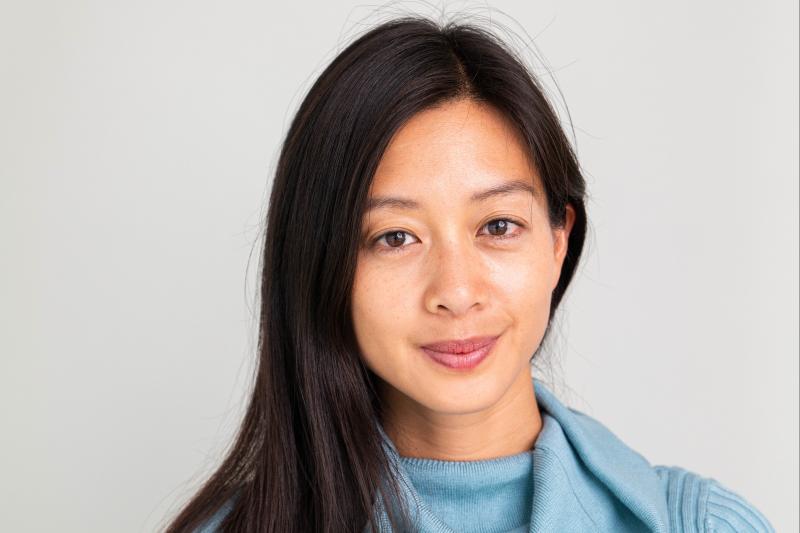
Design thinking for real world solutions
Jessica (Jex) Huang’s first story to feature on the Stanford Graduate School of Education website details their experience in 2015 as a master’s student in the Learning, Design, and Technology Program. Now, almost a decade later, Dr. Huang reflects upon their time at the GSE following receipt of a Doctor of Public Health (DrPH) degree from Harvard, and through the professional lens of a health education researcher and practitioner.
“I once had a teacher who said, ‘I am most proud of what I’ve helped my students achieve.’ That is true for me too. My work in communities is led by the question of how we can support people in learning to build their own solutions. Learning how to learn has been game-changing for me.” Dr. Jessica Huang ’MA 15
Jessica (Jex) Huang’s first story to feature on the Stanford Graduate School of Education website details their experience in 2015 as a master’s student in the Learning, Design, and Technology Program. Now, almost a decade later, Jessica reflected upon their time at the GSE following receipt of a doctor of public health (DrPH) degree from Harvard and through the professional lens of a health education researcher and practitioner.
“My environmental engineering background—and engineering in general—can sometimes be more focused on the technical side, but in my professional role as a consultant advising governments on public health, climate change, violence, natural disasters, and other challenges facing communities, these issues are human-centered, and we need a human-centric approach to effectively address them. For me, the work has been less about ‘how do we help fix this?’ in favor of ‘how can we equip communities to work on this situation that no one understands better than they do?’”
Jessica credits their time at Stanford with informing their approach to community capacity building, specifically as it relates to the application of design thinking.
“Until Stanford, I did not have an opportunity to study how design impacts the way we learn, but the interdisciplinary collaborations throughout the LDT program reinforced for me how design affects the way we interact with everything and how everybody can design. The very process of design is transformative. The world is changing so quickly that sharing skills and resources for how to learn can offer a longer-lasting impact on communities than traditional models of external support.”
As Jessica looks toward the next decade of their education and professional journey, they are thoughtful about their career progression.
“While I love doing capacity-building work with governments and community leaders, I sometimes miss being more education-oriented and working with the next generation. I could see myself gravitating toward a more practice-oriented nontraditional faculty opportunity, but ultimately, I’m just fortunate to be doing work that I’m passionate about.”
Jessica is currently a consultant with the World Bank and other institutions, with projects spanning global health, environment, education, and humanitarian response. As a health education professional recognized by Learning 30 under 30 and Boston Congress of Public Health 40 under 40, their experience includes facilitating capacity-building initiatives with organizations ranging from UNICEF Innovation and Oxfam to schools and government offices. Their initiatives have won awards ranging from the J.W. Saxe Prize for Public Service and All Children Reading: A Grand Challenge for Development to the MIT IDEAS Social Innovation Challenge and Berkeley Big Ideas Contest. They have taught as a design instructor with D-Lab at the Massachusetts Institute of Technology and as a teaching fellow at Harvard and have served on the board of trustees for the Global Issues Network.
